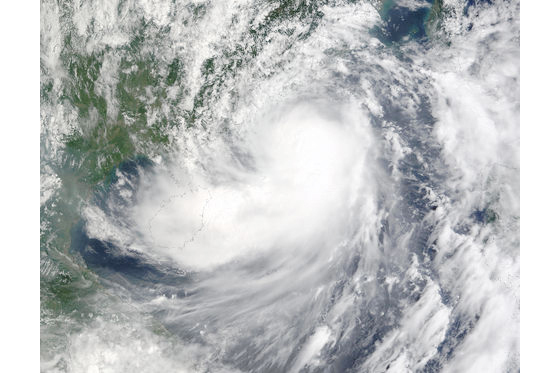Camy Tam
An art exhibition titled “The Qiuci Caves on the Silk Road” (絲綢之路上的龜茲石窟壁畫藝術展) hosted by Macau Chinese Cultural Friendship Association in conjunction with the Mainland Hong Kong Macau Arts & Culture Youth Alliance, Creative Art & Culture Macau Cultural Association and the private University of St. Joseph (USJ), sponsored by the Foundation of Art & Culture Development Ltd., is being held on the Catholic tertiary education institution’s Ilha Verde campus.
According to a statement on the university’s website, the event is a project between the mainland, Hong Kong and Macau called “Key Cultural and Tourism Exchange” which aims to promote cultural exchanges and dialogue between Macau and the mainland through the exhibition of the murals from the Qiuci Grottoes.
According to an explanatory article displayed at the gallery’s exhibition hall, the Quici Grottoes (龜茲石窟) murals in Xinjiang constitute a key cultural heritage site of the ancient Silk Road, and the Kizil Grottoes (克孜爾石窟) are an important cultural heritage of China and even the world.
“The grotto art culture does not only play an irreplaceable role in the research into the origins of ancient culture and art but also the cultural exchanges between China and foreign countries. It also has a positive impact on the development of the Belt and Road art industry and cultural exchanges,” the article points out.
According to Wikipedia, Quici, also known as Kuqa, lies about 3,570 kilometres northwest of Macau, is a county-level city in Xinjiang’s Aksu prefecture, which was the homeland of the ancient Buddhist Kingdom of Kucha.
The Kizil Caves are a set of Buddhist rock-cut caves located near Kizil town in Baicheng county of Xinjiang’s Aksu prefecture. The site is located on the northern bank of the Muzat River 65 kilometres west of Kucha.
The Kizil Caves were inscribed in 2014 on the UNESCO World Heritage List as part of the Silk Road: the Routes Network of Chang’an-Tianshan Corridor World Heritage Site, according to Wikipedia.
According to the university’s statement, Xinjiang is the core area of the Silk Road Economic Belt, while Macau lies on the Maritime Silk Road. This mural art exhibition shows the emergence, development, flourish and decline of the Qiuci Grottoes art during the 3rd to 14th century from different angles, and also offers abundant proof for specific historical processes, cultural traditions, ethnicity, religions, arts, and development and evolution of folk crafts. In particular, the original and diverse murals have become one of the outstanding achievements of Qiuci Grottoes art.
“With historical and aesthetic universal values, these are an indispensable constituent of the ‘Silk Road’ cultural heritage”, the statement underlines.
The exhibition is open to the public until May 29 from Monday to Friday from 9 a.m. to 9 p.m. and 10 a.m. to 2 p.m. on Saturday on the ground floor and basement at the Kent Wong Exhibition Gallery at 14-17 Estrada Marginal da Ilha Verde, University of Saint Joseph, Ilha Verde.
For more information, please visit https://www.usj.edu.mo/en/events/art-exhibition-qiuci-caves-silk-road/
As part of Macau’s COVID-19 pandemic preventive measures, visitors who enter the venue must wear a facemask, have their temperature checked and present a digital health code.
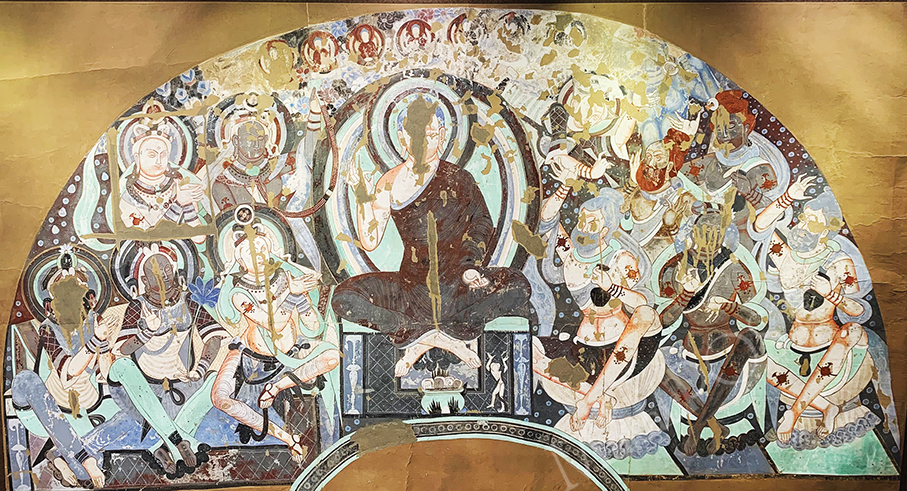
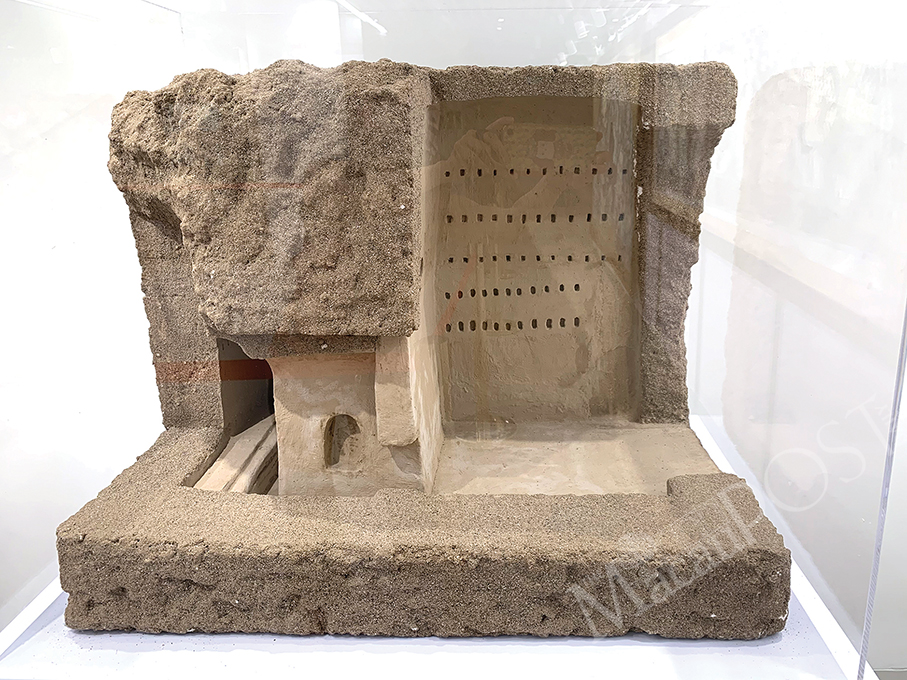
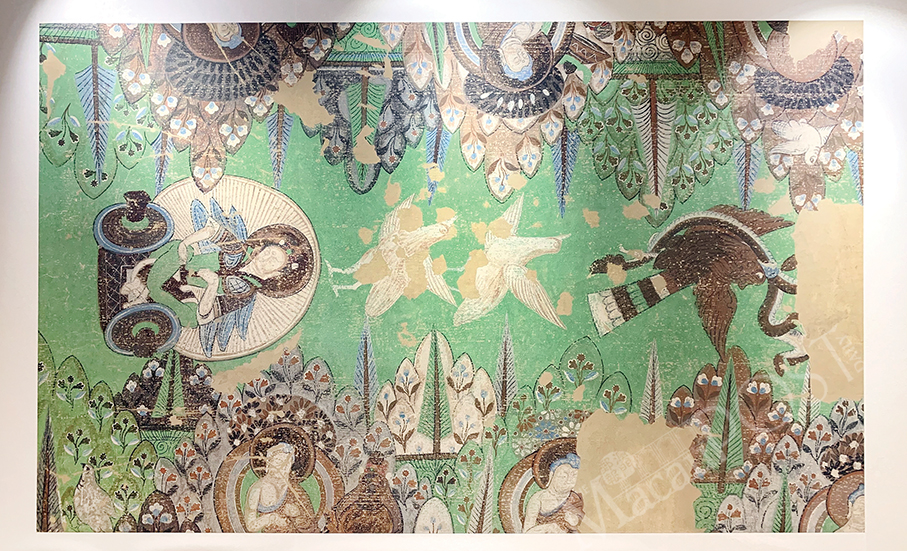
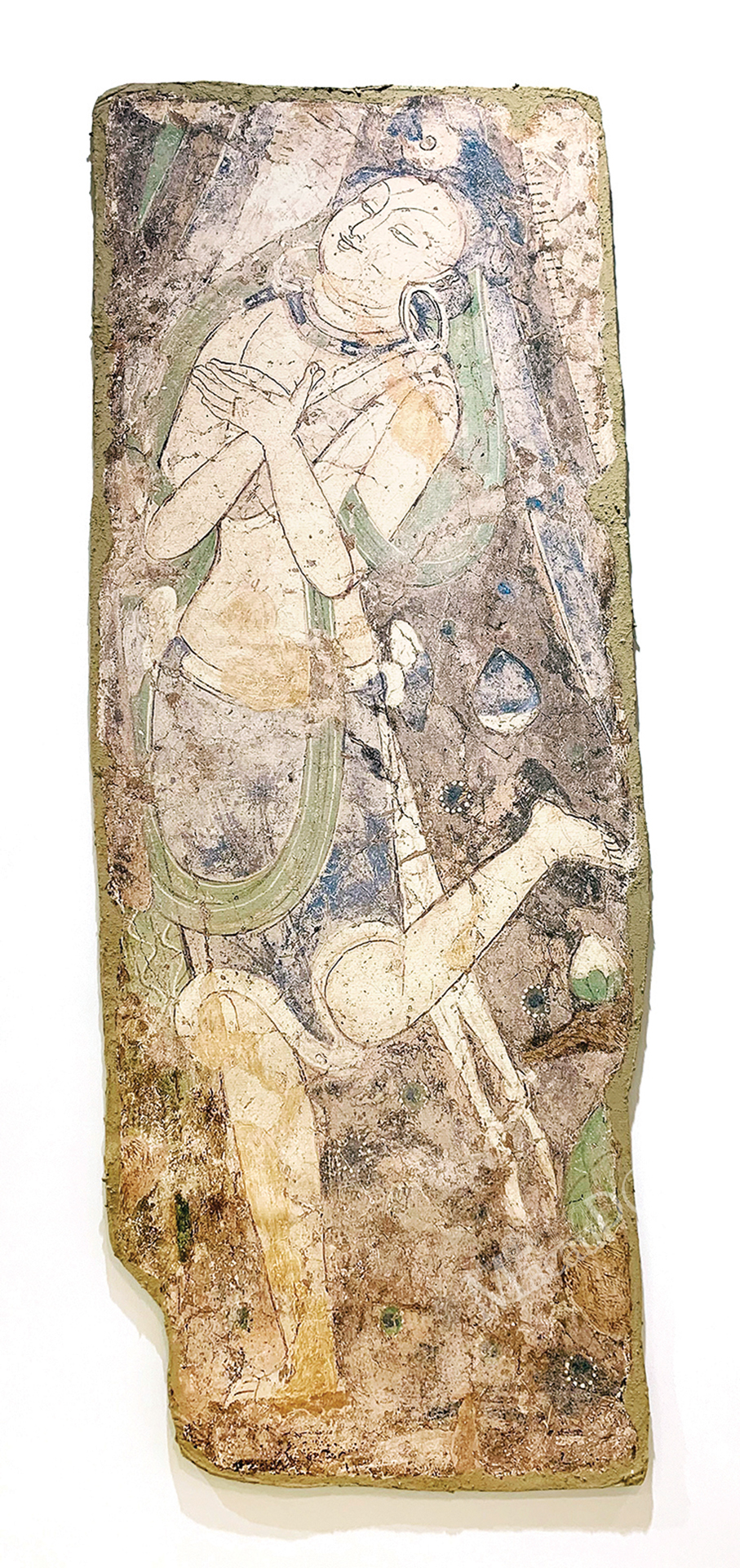
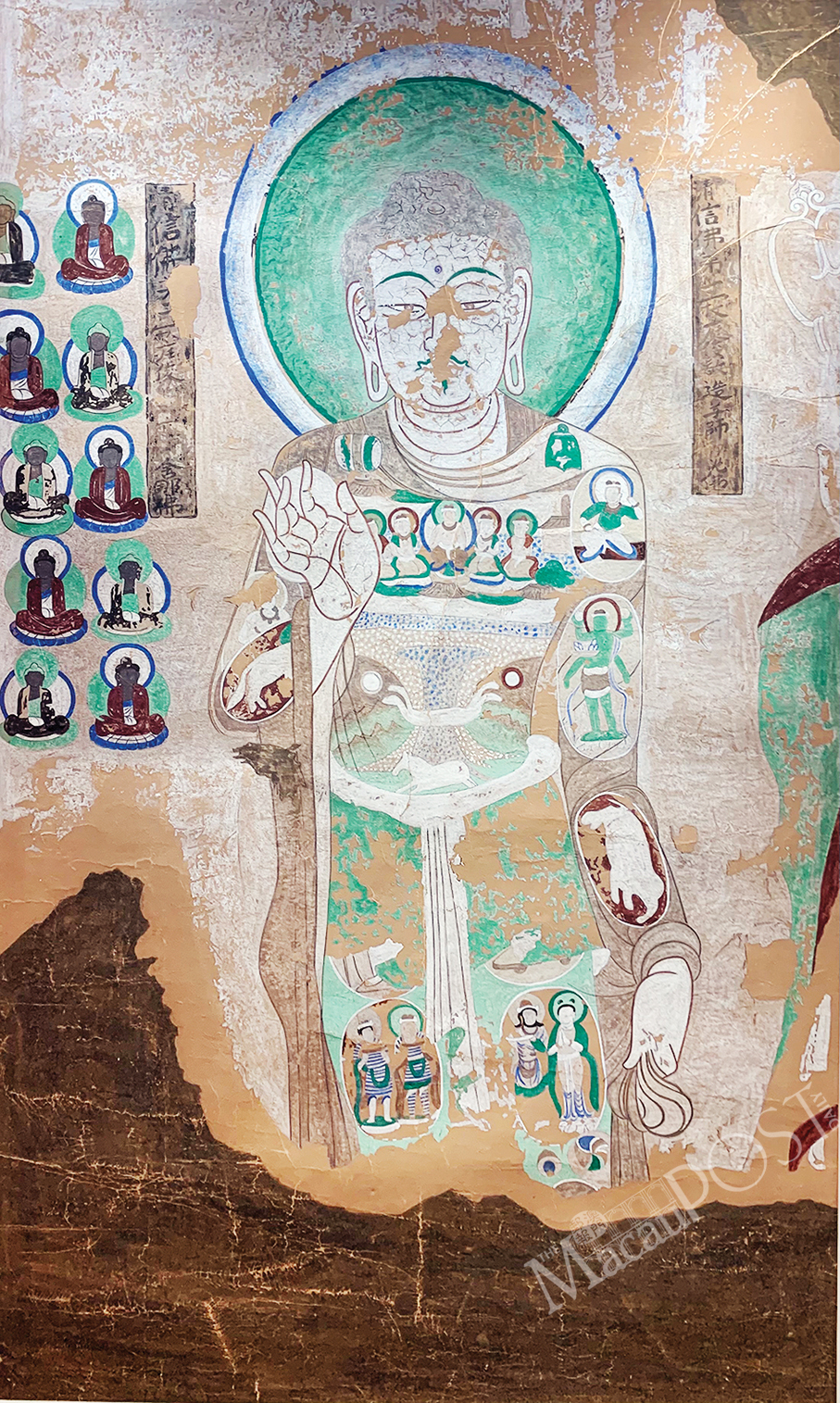
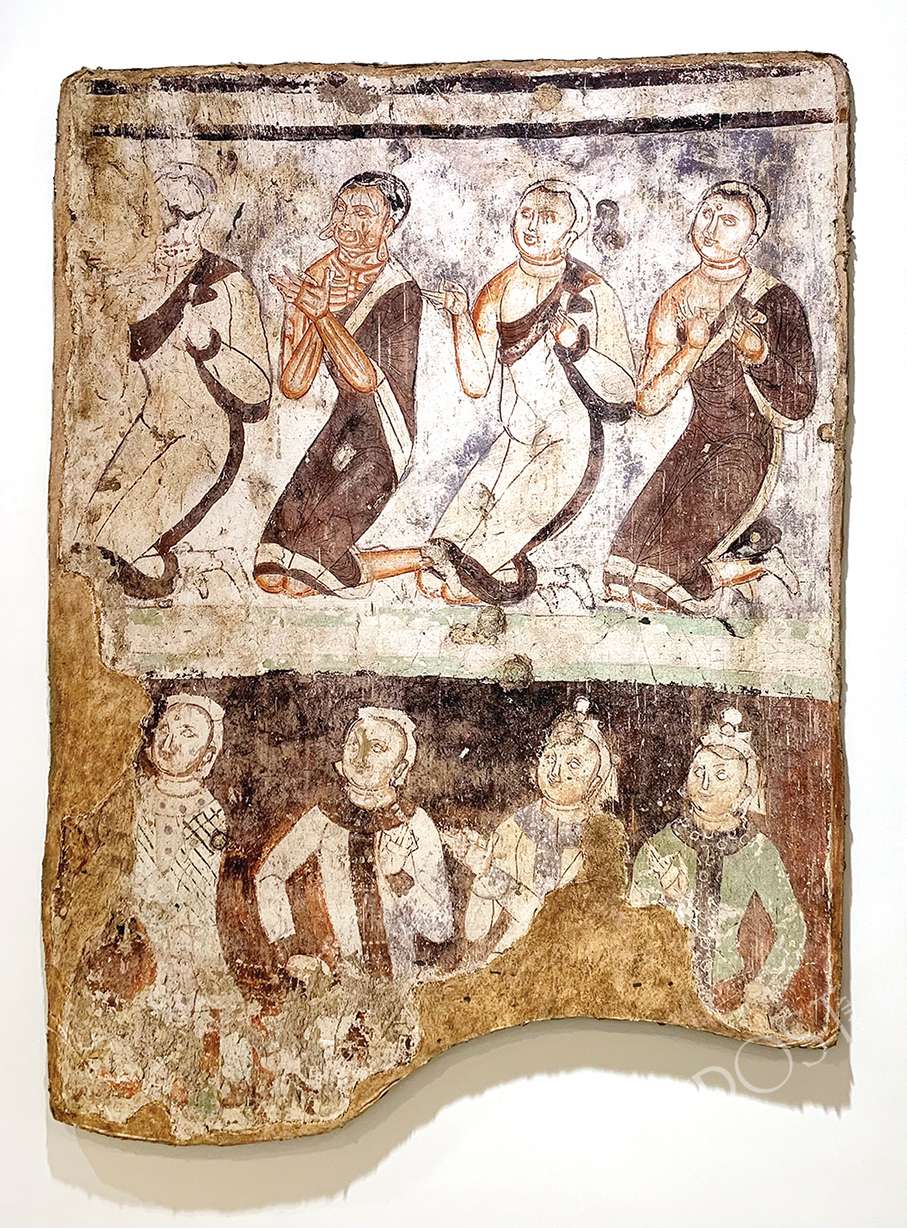
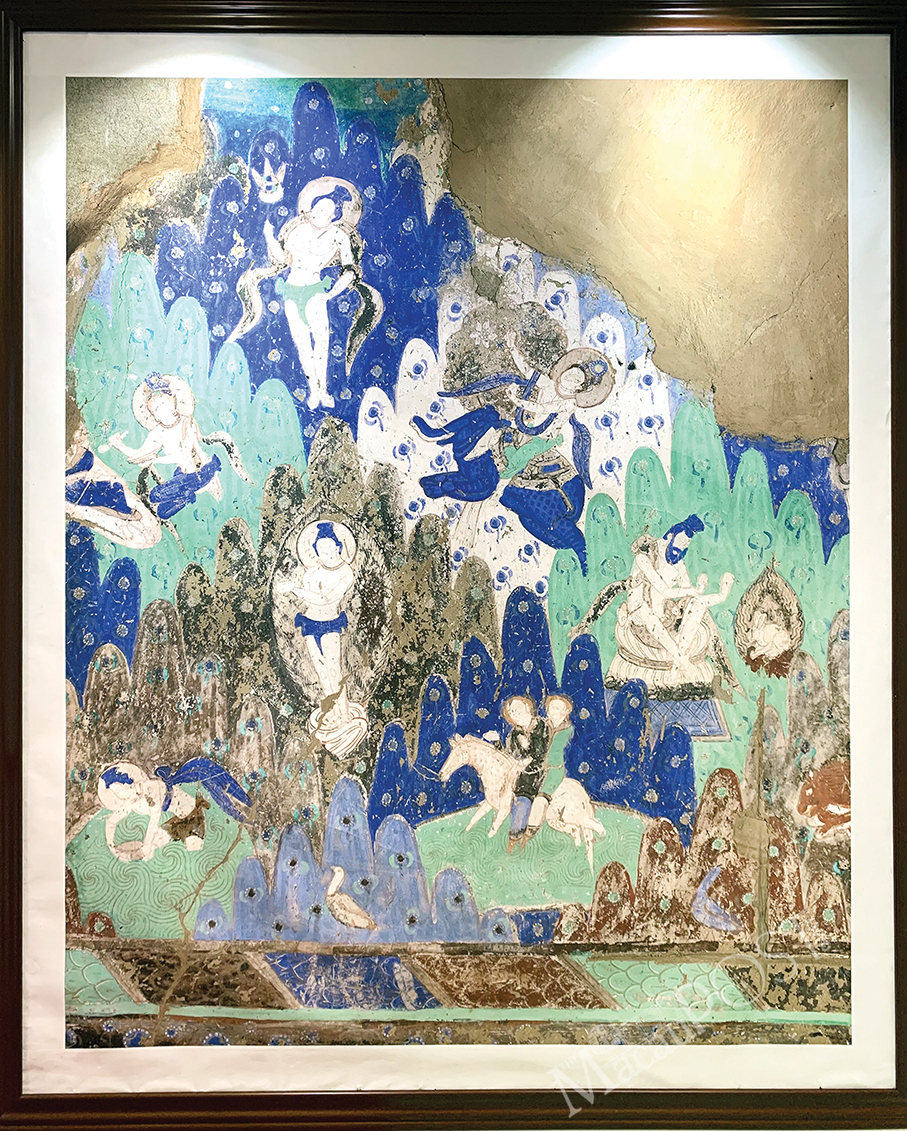
Photos: Camy Tam







